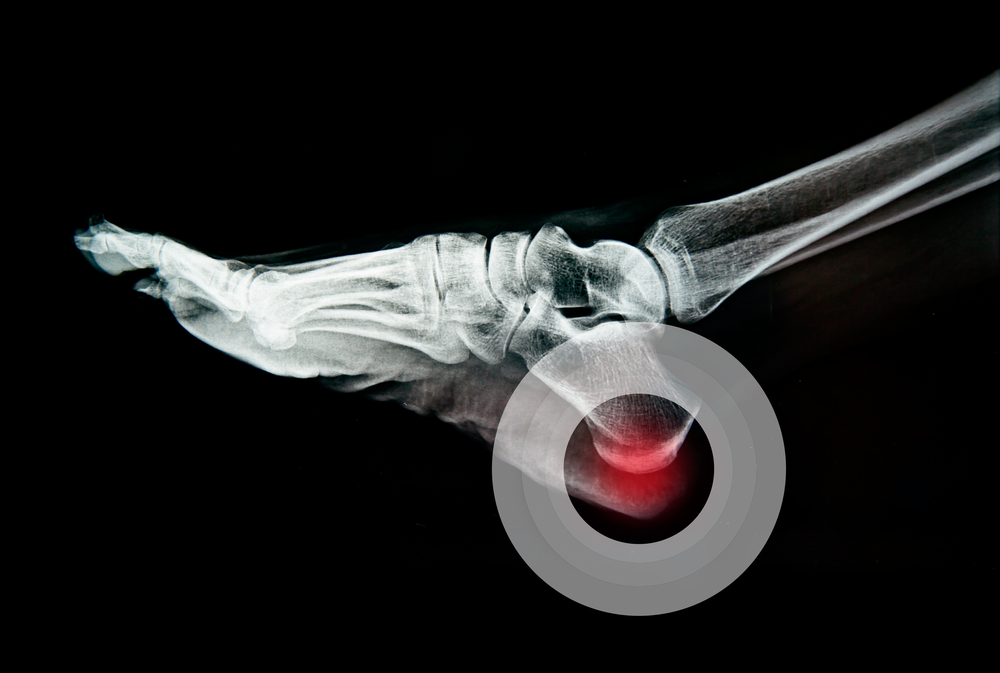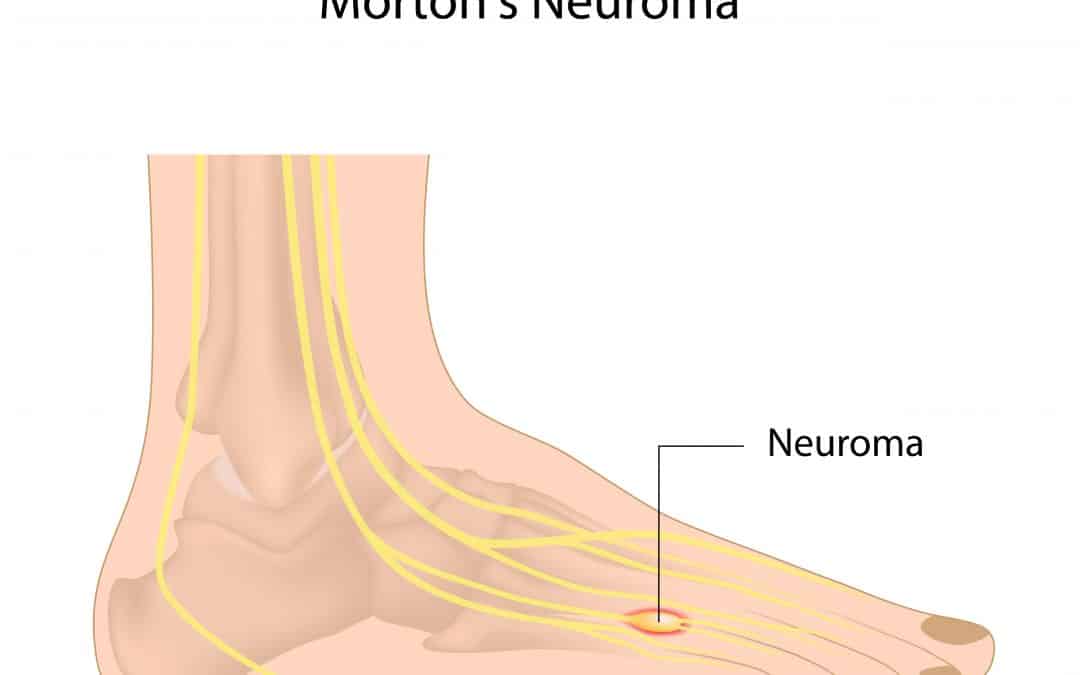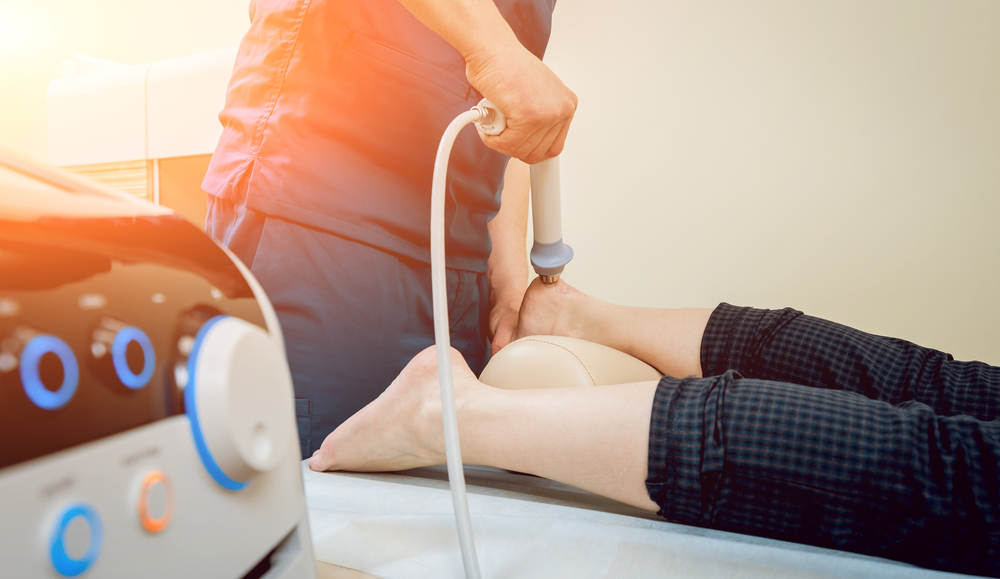
Heel Pain
What is plantar fasciitis?
Plantar fasciitis (plantar heel pain) is an inflammation of plantar fascia which is a ligament connecting the heel to the toes. The plantar fascia plays an important role in supporting the medial longitudinal arch of our feet. Repetitive stress and overload on the plantar fascia may reduce its capacity, causing it to be easily irritated and inflamed.

The above image shows an inflamed (red) plantar fascia.
Clinical presentation
Typical symptoms of plantar fasciitis include heel pain radiating to the toes, severe pain and stiffness for the first few steps after getting out of bed in the morning or after a long period of rest and weight bearing activities.
Other possible causes of heel pain
- Tarsal tunnel syndrome. This is a neurologic condition in which the posterior tibial nerve is compressed as it travels through the tarsal tunnel.
- Baxter’s nerve entrapment. This is a compression of the medial calcaneal nerve which causes pain at the plantar and posterior regions.
- Heal spur syndrome (Huglund’s deformity). This is a tiny bone formation which will irritate and weaken the muscles and ligaments.
- Calcaneal stress fracture is a fracture at the calcaneus due to repetitive stress and overload.
- Posterior tibial tendonitis which is an inflammation condition occurring in the posterior tibial tendon.
- Achilles tendonitis – degenerative Achilles tendon which usually presents with pain at the posterior heel.
As there are many other possible causes for heel pain, it is important to see your podiatrist for a thorough examination. to identify the underlying cause for your heel pain. Your podiatrist will assess the best treatment options for you once the exact cause has been identified.
Treatment strategies for plantar fasciitis
- RICE (Rest, ice, compression and elevation) – Reducing activity level and applying ice pack on the affected heel for 15-20 minutes helps reduce inflammation and subsequent pain.
- Stretching exercises – Stretching and strengthening exercises such as calf muscle stretches and plantar fascia stretches will increase the capacity. of the muscles and ligament.
- Electrical therapy – Such as ultrasound and shockwave therapy. Ultrasound therapy exerts waves which can penetrate through deeper tissues to stimulate an increase in oxygenated blood flow in the area. Compared to ultrasound, shockwave therapy is more aggressive and effective treatment for recalcitrant soft tissues pathologies, including chronic plantar fasciitis and Achilles tendinosis. Recent research showed that it has a high success rate of 82%.
- Orthotics – Custom made orthotics alleviate the effects of faculty foot biomechanics and reduce the biomechanical stress acting on the plantar fascia.
- Footwear modifications – Wearing supportive shoes with good arch support reduces stress on the plantar fascia.
- NSAIDs – Such Ibuprofen and Naproxen may be recommended to reduce inflammation and pain.
- Strapping – It helps to support the foot and reduce tension on the fascia.



